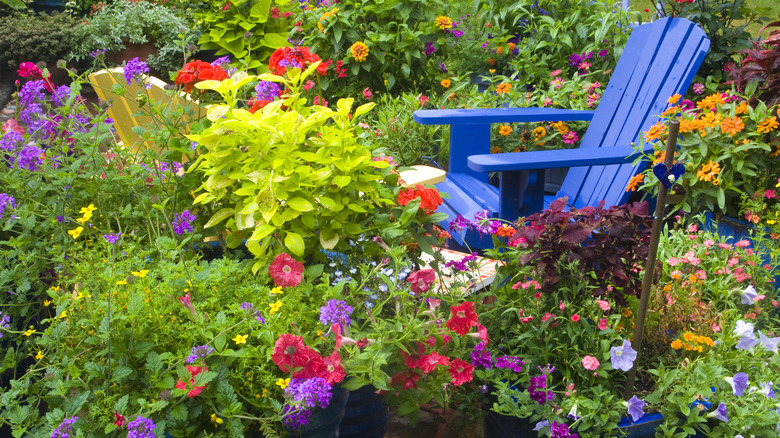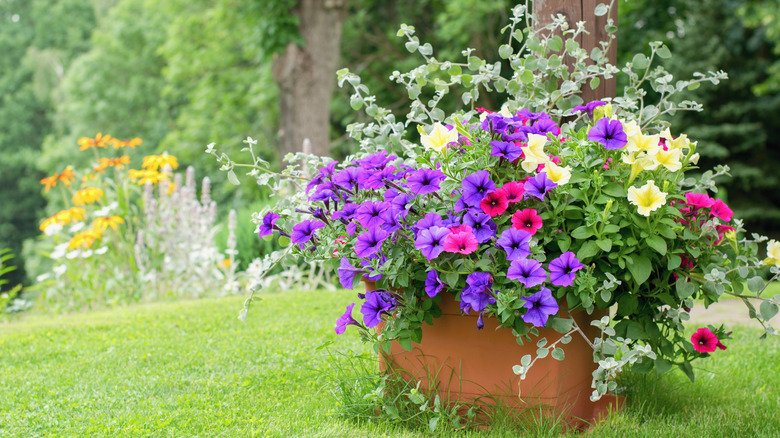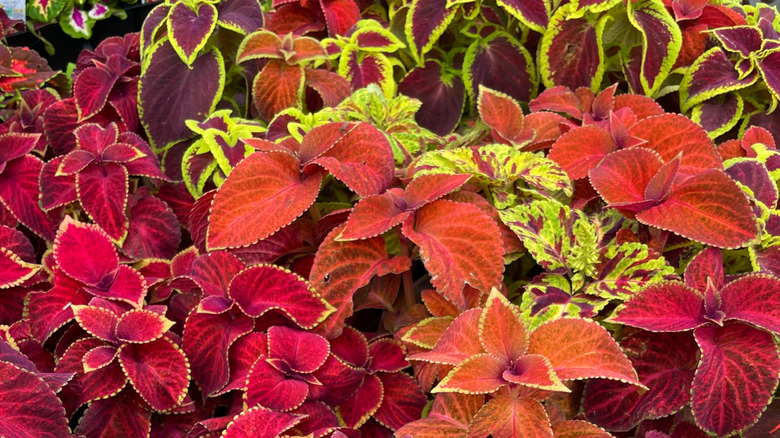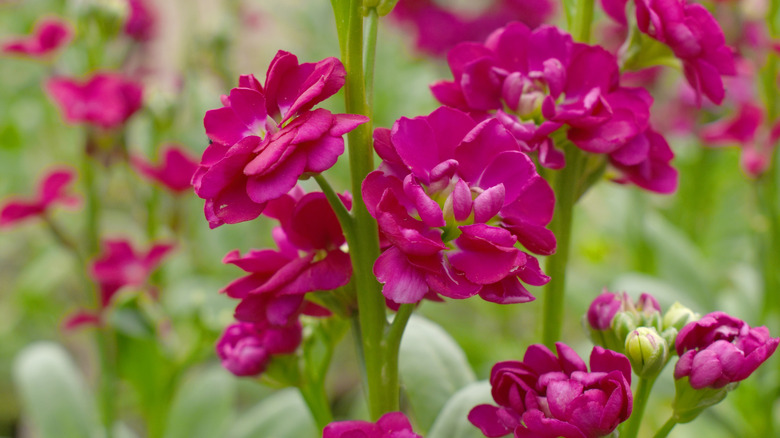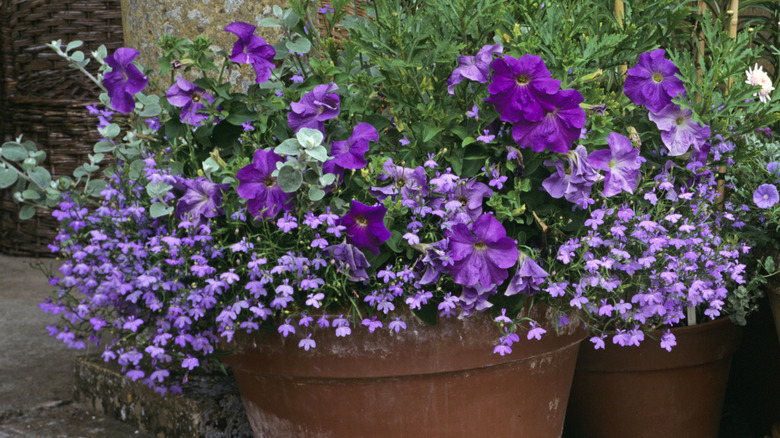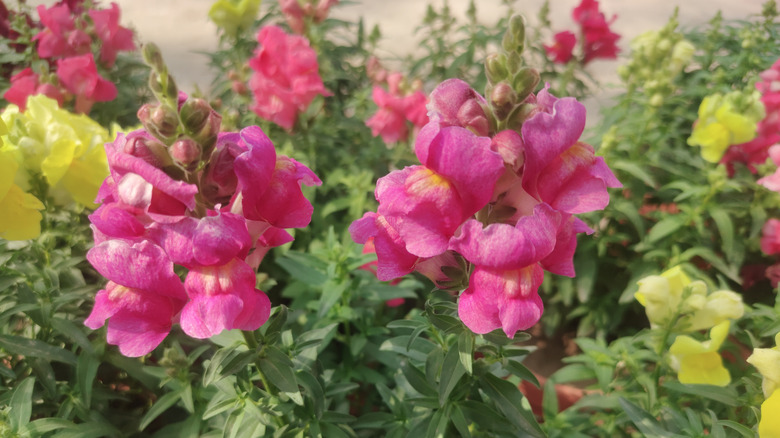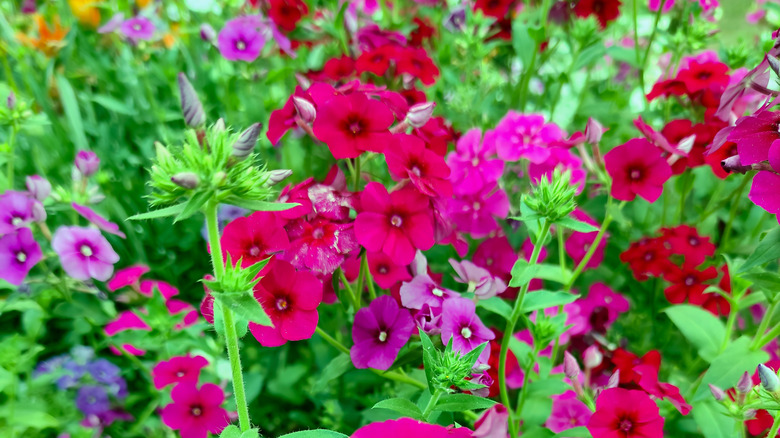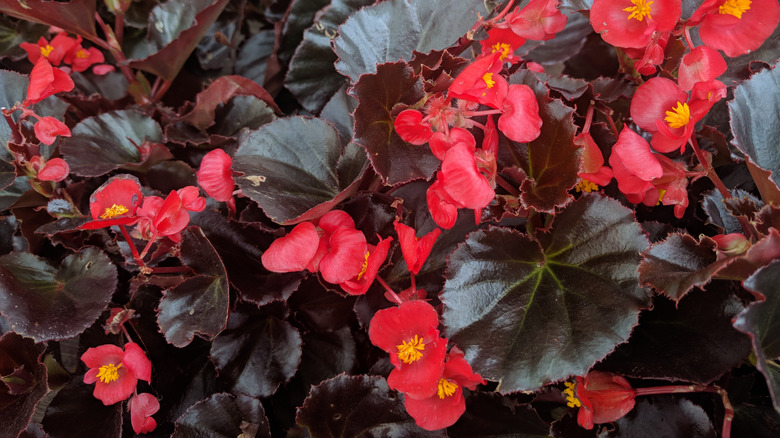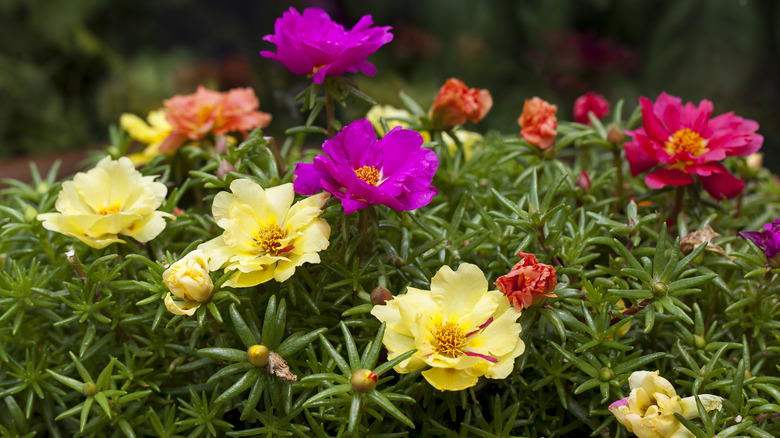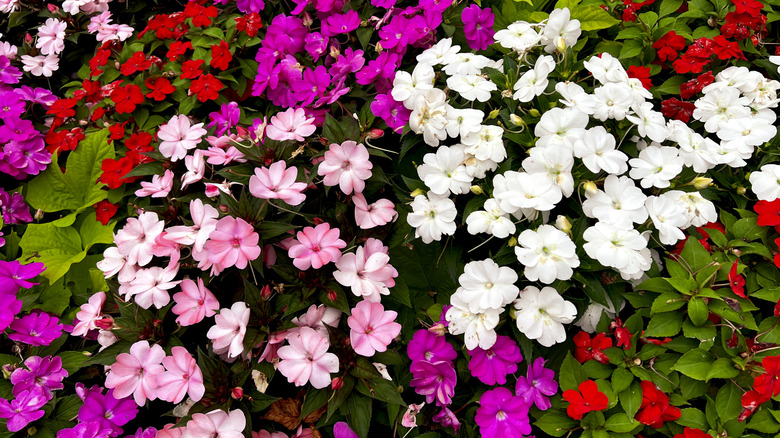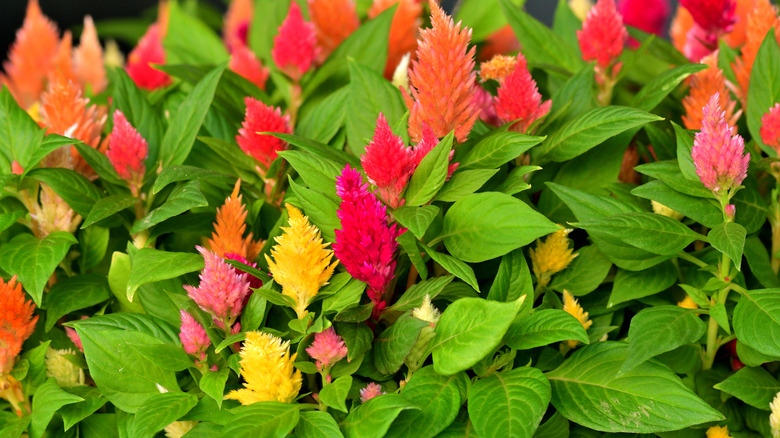Which Container Annuals Offer The Best Value? 12 Top Picks From Our Professional Gardener.
When spring arrives, garden chores seem a little more fun than they did in the fall. The weather grows warmer, flowers start blooming, and the gardening season officially begins. One of my favorite tasks as a professional gardener is planting annuals in containers. It's fun to choose plants based on their colors, shapes, fragrance, and texture. But I also like to give clients good value for their money, and that means choosing annuals with a long season of bloom that are easy to care for.
While some annuals cost more than others, I weigh the price against how well they perform in containers. I consider petunias, portulacas, and impatiens to be excellent value because they flower for the entire summer. Also, it's good to know which "bargain" annuals on the markdown shelf are worth buying. Some nurseries or big box stores don't have the time to really care for large amounts of annuals, so it's just standard for them to mark plants down when they start to look droopy. But there's usually nothing wrong with them: they may just need some water or some deadheading to encourage new growth.
I've recommended some annuals in this list that are resilient and easy to maintain. Marigolds, coleus, verbena, snapdragons, stock, and annual phlox all have moderate watering needs, and all of them bounce back nicely when the spent flowers are snipped off. You should plan to water your summer annuals once a day to keep them thriving. Morning is best, and hold off if there is rain in the forecast. You may need to water more during a heat wave.
Petunias
Petunias really do give you great value for their long-lasting color and flexibility in containers. You can get upright petunias or trailing petunias, and the 'Supertunia' hybrids have a mounding habit that is both a "filler" and "spiller" in containers. Deadhead the spent flowers, and once the buds stop producing, trim them back; this way they'll stay fresh through autumn. I love the 'Daddy Mix' petunias with their pastel colors and dark veining — such a unique look. I also can't resist the pale pink 'Dreams Apple Blossom' petunias, or 'Supertunia Royal Magenta.'
Coleus
These shade-loving annuals (with many sun-tolerant cultivars) put on a fabulous color show all season long. These are usually sold at nurseries in standard six packs or single pots measuring between 6 and 10 inches — the small ones are a real bargain because they grow fairly quickly. There are two tricks to keeping coleus looking great all season: snip off the flower stems (they steal energy from the foliage) and deadhead fading leaves frequently. There are many stunning and unusual dark colors of coleus – I love the deep coppery and crimson shades for dramatic effect in containers.
Marigolds
Okay, hear me out. I know, I know, marigolds are "boring," right? But they're blooming powerhouses and keep going all season long if you snip off the spent flowers. Plus, they are a great way to add long-lasting, vivid color to your containers. Try some deep red-orange French marigolds (I love 'Queen Sophia' and 'Fireball') or some African marigolds in lemon yellow, creamy white, or tangerine. They're also good for deterring mosquitoes, a nice bonus for patio containers.
Stock
Stocks are colorful flowers that bring a delicate fragrance to your spring garden. These are especially nice for containers next to seating areas and in spots that you walk past frequently. These give you plenty of flowers all season long, but they do need deadheading. Sometimes in the nursery, they get marked down because they flower and new flowers haven't opened yet, but they just need some time. Snip back the stem just beneath the spent blooms; this stimulates growth, and new buds form quickly.
Lobelia
These diminutive flowers are great for adding a "filler" or "spiller" to your containers. Lobelia comes in a range of lovely colors, including white, pale to dark blues, and pale to dark purples. They need deadheading to keep flowering, so if you see some on the markdown rack at the nursery and they have leaves but only dried-out flowers, grab them. Snip the stems gently to encourage new buds, and soon you'll have lobelia flowers galore through the season.
Snapdragons
Snapdragons at nurseries are usually either short or tall. I like the tall ones like the 'Chantilly,' 'Rocket,' or 'Tetra' varieties because they're sturdy, long-lasting, and come in many delightful colors. Once the tall central flower stem has finished blooming, side stems emerge and form flower buds. Just deadhead the dried blooms, and the new flowers will keep coming. Unlike some cold-sensitive annuals, snapdragons keep blooming well past frost. Try some deep burgundy snapdragons like 'Madame Butterfly Red' or 'Black Prince' for a unique color that takes you from summer to fall.
Annual phlox
I only discovered the joys of adding annual phlox to container designs a couple of years ago. What a game-changer! These brightly colored flowers bloom for weeks and only require a bit of gentle deadheading to keep the plants neat. There's a great range of colors, from snow white to deep royal purple, and some lovely two-tone blooms. These diminutive clumping plants tuck nicely into the front of mixed containers to add spots of vivid color, and they hold their own as single-variety plantings, too.
Wax begonias
Wax begonias are named for their glossy, waxy leaves in shades of bright green or bronze. The flower colors range from white to pink to bright red. These are good plants for partial shade areas, and the best spot for wax begonias is where they'll get sun in the morning and shade in the afternoon. They bloom all season with some deadheading. They like moist but well-drained soil, so use a nice fluffy potting mix. In prolonged periods of heat, the stems may grow long and get a bit leggy, so just trim them back.
Portulacas
These sun-loving, drought-tolerant flowers are a blooming juggernaut in summer. There are many gorgeous single and bicolors and some popular mixes; I love the 'Peppermint' cultivar, which has variations of pale and dark pink on white flowers, as well as the 'Happy Hour' mix full of vivid warm colors. Portulacas have succulent, needle-shaped foliage that stays fresh, and the flowers just keep coming all summer. Deadhead any dried-out buds, and trim back foliage if it gets leggy. I've had good luck with them reseeding in sunny garden spots, too.
Impatiens
There are two types of impatiens: one loves shade, the other loves sun. They're easy to tell apart: the sun-loving impatiens have thick, glossy leaves, stand a bit taller, and have larger flowers. The shade impatiens come in six packs and are less expensive, but both are a good buy for their easy care, long bloom season, and enormous range of colors from pastels to brights. You can't beat shade-loving impatiens to brighten up containers in shady spots. Clean the plants up a bit as the petals fall, and they'll keep forming new buds.
Celosia
I used to think these were, well, a bit weird-looking. But I came around to realizing these fuzzy, flame-shaped flowers were truly unique and added interesting forms and textures to mixed containers. The foliage is either vivid solid green or burgundy-edged. The colors include pastel and bright yellow, various pinks, orange, red, and crimson. Deadhead the spent flowers and leaves, and they'll keep going until autumn. Celosia prefers a sunny spot and regular watering to look its best.
Verbena
These sprightly little five-petaled flowers grow in round heads and have blade-shaped serrated leaves: a lovely mix of textures. Keep these deadheaded through the season: as the blooms fade, new buds and flowers will appear before you know it. The range of colors is fantastic: I'm especially fond of the pastel pink and peach ones, and there are some beautiful jewel tones and bi-colors, too.
